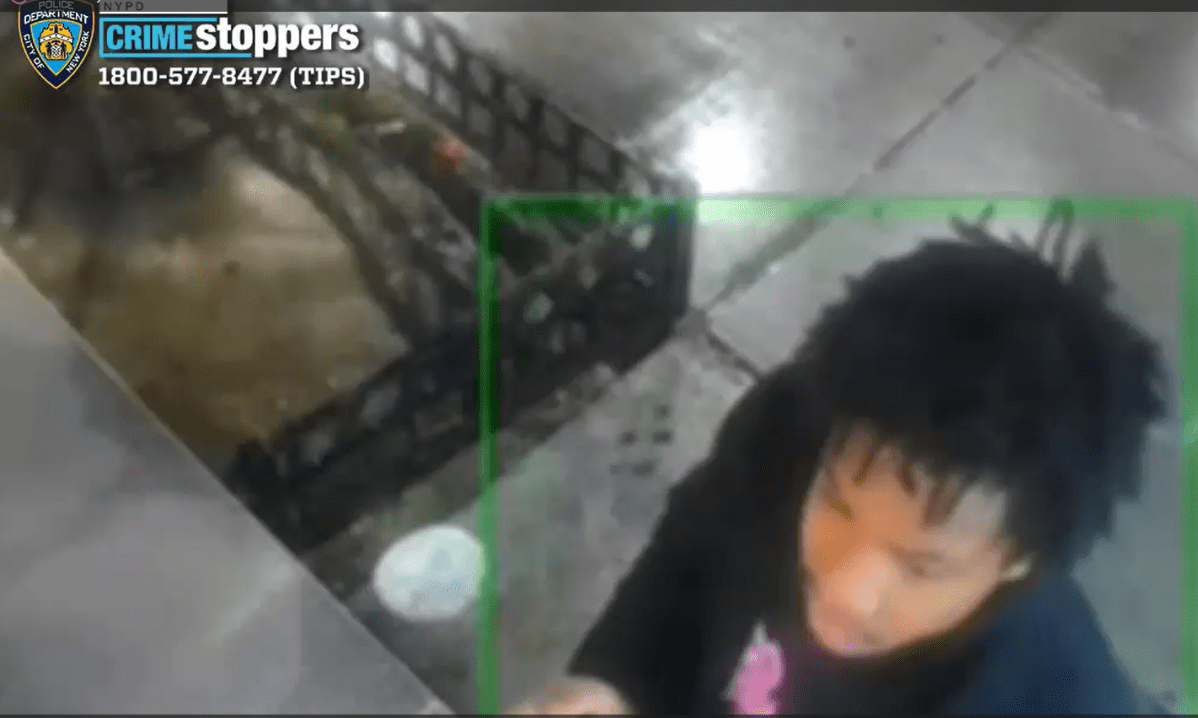By Ed Koch
“Exit Through the Gift Shop” (+)
Although this film was favorably reviewed elsewhere, I initially decided not to see it. It is a docudrama about graffiti — which I had my fill of when I was mayor.
In the 1980s, graffiti was primarily found on subway cars — and it frightened the hell out of people. It gave the impression that government had lost control of the environment and that people could engage in anti-social and criminal acts with impunity. Some admired the graffiti, calling it street art. In truth, a number of the drawings were amazing; but most were pedestrian junk.
I asked Richard Ravitch, the MTA Chairman at the time, to protect the cars in the layover yards where the graffiti was primarily created. My suggestion was to erect fences and have guard dogs protect the areas. He was horrified and said, “The dogs will bite people.” I responded, “That’s what they’re intended to do.” I then said, “If you’re afraid they will bite, use wolves. No non-rabid wolf in North America has ever attacked a human being.”
Ultimately, the subway cars were cleaned up by a new team led by MTA Chairman Robert Kiley and MTA President David Gunn — who insisted that no car be permitted to roll out of the holding area if it was marred by graffiti. The cars were wiped clean daily, and the graffiti artists went on to other targets when they no longer saw their works and their tags on subway cars.
Now back to the movie.
In the 1990s, a French videographer living in Los Angeles (Thierry Guetta) obsessively took videos of people and their surroundings. He prevailed on the street artists to allow him to accompany them and taped them while they added their graffiti to buildings. The artists had names like Space Invader and Banksy. The face of the famous English artist Banksy is never seen, and his real identity is never revealed — although it appears that he made the movie.
Thierry himself began to create graffiti and took the appropriate alias of “MBW” (Mr. Brainwash). Mr. Brainwash became a millionaire by selling his paintings — which were knockoffs of original works like those of Andy Warhol and others. Another featured artist, Shepard Fairey, took an AP photo of presidential candidate Barack Obama — and, with amazing color, turned it into the iconic “Hope” poster. Fairey is now locked in a copyright lawsuit with the owner of the original photo.
I’m delighted that I listened to a friend who urged me to see this picture. The monologues are hilarious and the music is fantastic. Think of me as your friend and see this movie. You will have an unusual and delightful experience.
Henry Stern said: “I am probably prejudiced about this movie — because as Parks Commissioner for fifteen years under Mayors Koch and Giuliani, we fought graffiti which defaced the natural beauty of parks. ‘Street art’ consists of stencils and signs posted on OPP (other people’s property) — in this case, public land and buildings. The movie was an enormous putdown of the modern art world, whose phoniness exceeds anything Holden Caulfield ever described. The title excoriates the rampant commercialism which degraded the purity of the original street artists, some of whom are really talented. On balance, the picture was moderately interesting, and made you wonder what really happened in Los Angeles, London and Paris.”
Rated R; 1 hour, 27 minutes. At Sunshine Cinema (143 East Houston St.). For screening times, call 212-330-8182.

































